October 19,2020
Time Entered: 5:50 p.m.
Time Left: 7:07 p.m.
The main objective of this sit spot was to try different ways of tuning in, and I discovered so many little aspects about my spot that I was previously blind to. During my fifteen minutes of tuning in, the first thing that I noticed was the sound of the crickets chirping in waves across the area. As the minutes passed by, it was as if they were getting louder and louder with each wave. While that sounds loud it was actually ironically quiet and peaceful.
Another peaceful event that I noticed while being out there was the swarm of tiny jet-like birds dancing across the sky. Later on, meaning around thirty seconds, another flock of birds flew above. This time a murder, fitting into the spooky season, of crows flew above me. The next animal I came across was a chubby and loud squirrel. Today, for the first time ever, I noticed a bird’s nest in one of the trees. The nest looked fresh as if it had not been completed yet. This vacant nest was located in the south-west direction of my sit-spot. Taking fifteen minutes out of my sit-spot time really opened my eyes wider allowing me to see aspects of my sit-spot that I have not seen before.
A quick update, on the three objects I have been following: the tree, the bush, and the shrub. Not much has changed regarding my objects. The only slight change that I saw, was that the trees leaves began to take on a more yellow color.
While I was doing my auditory tuning in, the way I listened in my spot changed. I was able to hear with more clarity. I was less focused on watching, and I was able to better hear my environment around me. In the south-east direction, there was a singular squirrel throwing acorns abound the ground. There was little to no sound coming from the north-east side, due to the campus building being so close by. However, most of the noise came from the south-west direction. It was a massive crowd of crickets chirping in harmony. The harmonious chirping could have been compared to white noise. After tuning in, I appreciated my spot all the more.
The three species that I identified were: the Northern Flatid Planthopper (Flatormenis proxima), a Purple Beautyberry (Callicarpa dichotoma), and Northern Cardinal (Cardinalis cardinalis).
Flatormenis proxima are known to live in forest habitats, or places where grass and brush can be found. They are typically found in large numbers, but they cause little to no damage on the plant life around them. They like to feed on plants and low hanging vegetation.
Callicarpa dichotoma usually are found in medium saturated/well drained soils, and they usually thrive when in the direct sunlight as opposed to being in the shade. They have a slight tolerance to low water availability for certain periods of time, but typically need more water to thrive in their environments. The beautiful, violet colored berries typically don’t last throughout the winter months. The leaves will usually turn a yellow color when the weather gets cold. They also don’t have a specific prey/insect that feed on them.
Cardinalis cardinalis typically live for three years but have been found to live for longer periods of time if they have good resources in their environments. They are typically found in the Eastern/Central part of America, and they can be found there year-round because they do not migrate. Some of their favored habitats are thick shrubs, woods, and grasslands. Some foods that they like to eat are seeds, weeds, grains, fruits, and sometimes small insects.
Using this information that I was able to learn about some of the organisms in my spot, I can conclude some common preferences among other organisms. Every time I go to tune into my spot, I enjoy it more and more! This sit spot was hands down the one I learned and tuned into the most.

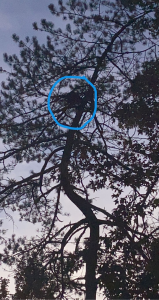
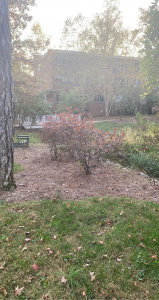
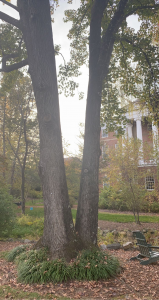
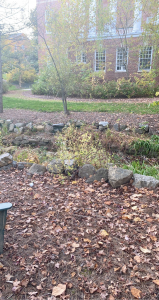
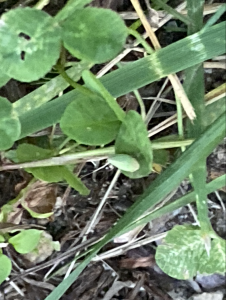
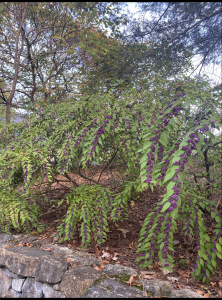
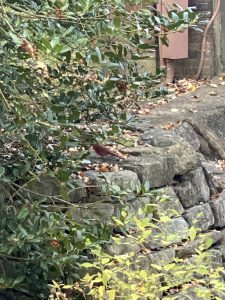
Great job! I love your writing style and all of the pictures you included!
Great job embedding the video and you got good squirrel vocalizations! I enjoyed reading your blog and seeing you connect with the space!